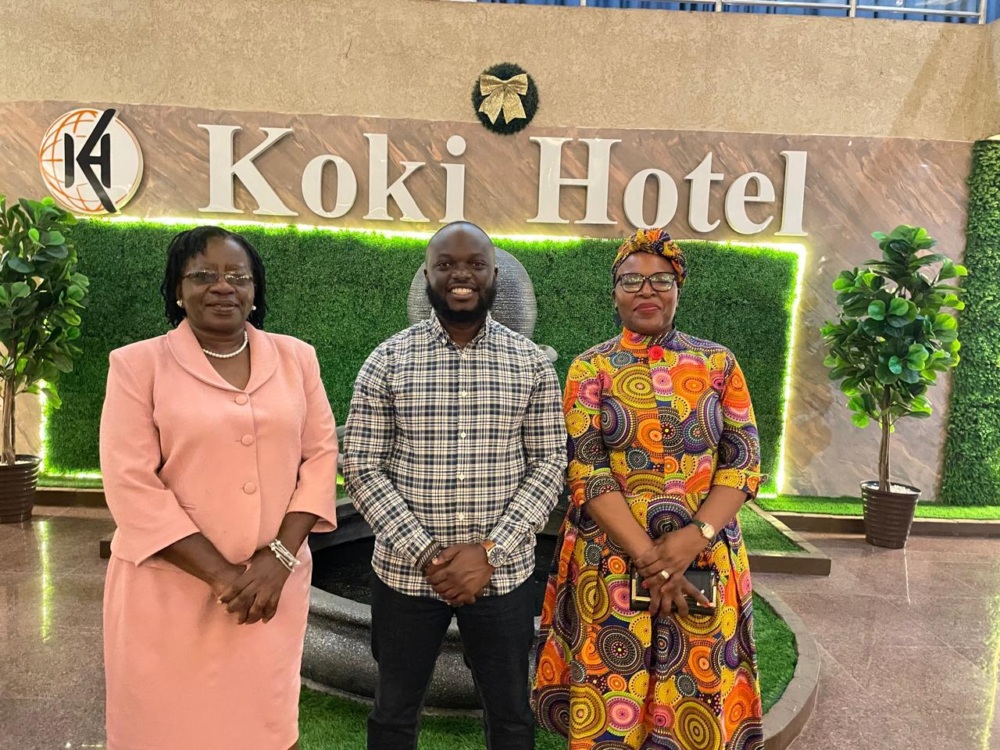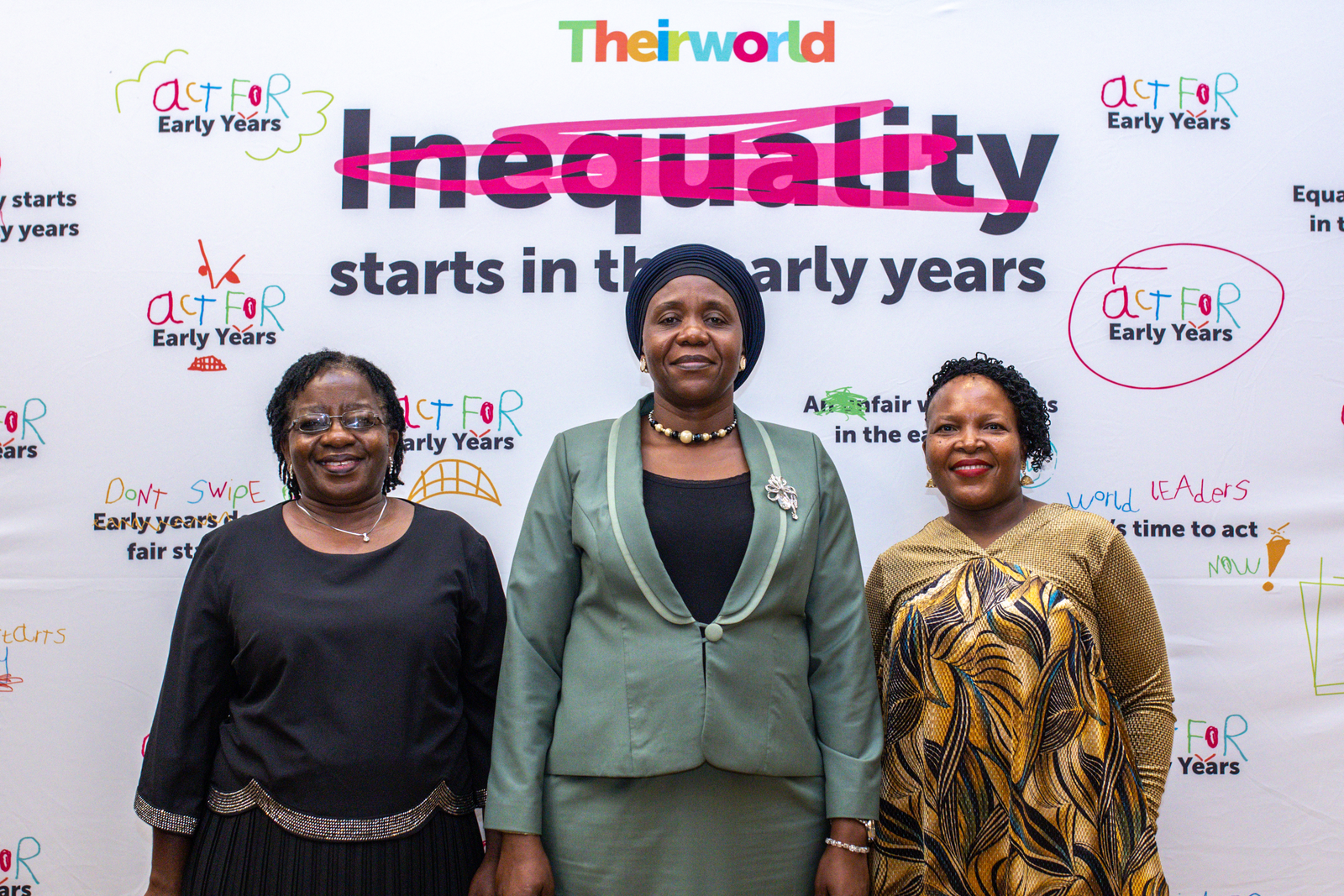
I take pictures of toilets wherever I go … to help save lives
Barriers to education, Girls' education, Global Youth Ambassadors
On World Toilet Day, a Theirworld Global Youth Ambassador tells how a tragedy spurred her to campaign on better sanitation for schools and marginalised people.
When Shomy Hasan Chowdhury travels around the world, she takes pictures of toilets. It’s her way of spotlighting how decent sanitation facilities can mean the difference between health and sickness, between life and death.
“People believe what they see,” she said. “When I do my advocacy for more investment, I get to travel to different countries and the first thing I look for is the toilet.
“The photos act as a great tool in portraying the real scenario. I was shocked to see some of the toilets and kept wondering how people survive there. There were times when I got mocked for the kind of work I do – but those photos really helped me establish my point.”
Shomy – one of Theirworld’s network of Global Youth Ambassadors in 90 countries – is on a mission to educate people about the need for good sanitation and hygiene, driven on by the memory of her mother. She has told her story to mark World Toilet Day today.
“I lost my mother from diarrhoea and she was sick for only one day,” she said. “My family and I did not pay much attention because we thought it is ‘just diarrhoea’. But little did we know it could take away someone’s life within a day.”
Diarrhoea is a global killer that claims the lives of more than two million people every year.
Children are particularly at risk – 45,000 under-fives die from diarrhoea each year in Shomy’s home country of Bangladesh.
Yet children at one in three schools around the world lack access to proper toilets, putting them at risk of diarrhoea and other infections.
Theirworld’s #WriteTheWrong campaign is about creating awareness and demanding action for the 260 million children who are out of school and the millions more who are in a class but not learning the basic skills.
Lack of good toilet and sanitation facilities can keep children – particularly girls – away from school or force them to drop out as they get older.
Shomy came from an educated background in Bangladesh. But when she lost her mother, she realised that if this could happen to her family, what about vulnerable people who are less educated and unaware?
“I decided to step up and take action,” she said. “Four days after my mother passed away, I conducted a WASH (water, sanitation and hygiene) campaign in a 3,000-members’ sewage workers’ community.
“My family asked me to stay home, pray for my mother and take some time to grieve.
“But I did not want anyone else to go through the emptiness I was feeling and still go through every day – so I stepped out and have continued ever since.”
Since then, her WASH talks have benefitted more than 70,000 people, including many schoolchildren and marginalised communities such as slum dwellers, people with disabilities and sex workers.
They include sessions on good personal hygiene, breaking the stigma around menstruation, proper handwashing techniques and food safety.
2.3 billion
Number of people who still don’t have access to a safe, clean toilet – that’s one in three.
Over 2 million
How many people die every year from diarrhoeal diseases. A child under five dies of disease linked to dirty water and poor sanitation every two minutes.
844 million
Number of people who don’t have clean water close to home.
Source: Toilet Twinning
“Because I work mostly with marginalised communities, the main challenge is to make them understand why I am there in the first place,” said Shomy. “However, once we do the WASH talks they seem to really get a hold of the contents and gradually understand the benefits of clean water and sanitation. “
Shomy also co-founded an organisation called Awareness 360 with Rijve Arefin, a fellow Global Youth Ambassador from Bangladesh. It empowers young people in 23 countries to do community service projects in line with the Sustainable Development Goals – particularly the goal on clean water and sanitation.
The first global assessment of water and sanitation in schools – carried out last year by the World Health Organization (WHO) and UNICEF – revealed that 620 million children do not have decent toilets at school and about 900 million cannot wash their hands properly.
Nearly half the world’s schools lack either clean drinking water, toilets or handwashing facilities. A third of primary and secondary schools don’t have a safe and reliable drinking water supply and nearly 20% of schools have no safe drinking water.
In Uganda, like many other countries, school dropout rates are high, particularly among girls – and poor toilets and sanitation facilities are one of the main causes.
Bridget, 14, from Rukungiri, south-west Uganda, was helped by the charity Toilet Twinning. Its Chief Executive Officer, Lorraine Kingsley, said: “The old toilets at Bridget’s school were virtually unusable, especially in the rainy season. Students used to have to take turns to go and collect water during lessons.
‘When our partner NKKD installed a tap stand in the playground, we watched the children burst into simultaneous applause. And in the three months after new toilet blocks were built at Bridget’s school – with separate changing rooms for girls – 65 teenage girls re-enrolled in class.”
In Cote d’Ivoire, Rachel and her family have only recently built their first toilet. They used to go to the toilet outside in the bush and were constantly falling sick.
“My brothers and I used to get diarrhoea,” said Rachel. “When I was ill, I couldn’t go to school and had to go to hospital. I wanted to get better so I could go back to school and get on with my work. We really like our toilet because now we don’t get sick very often.”
More news

